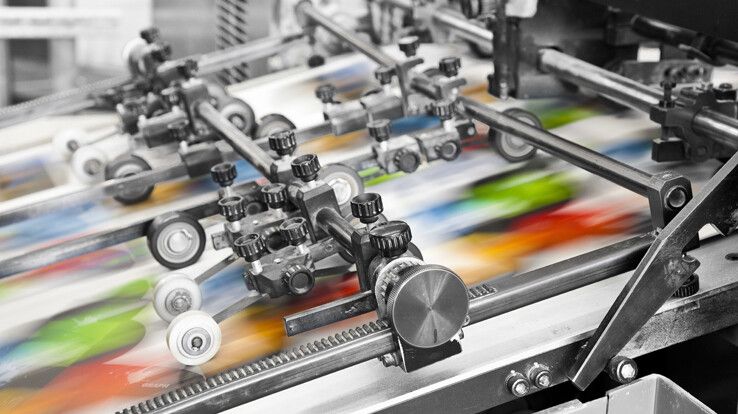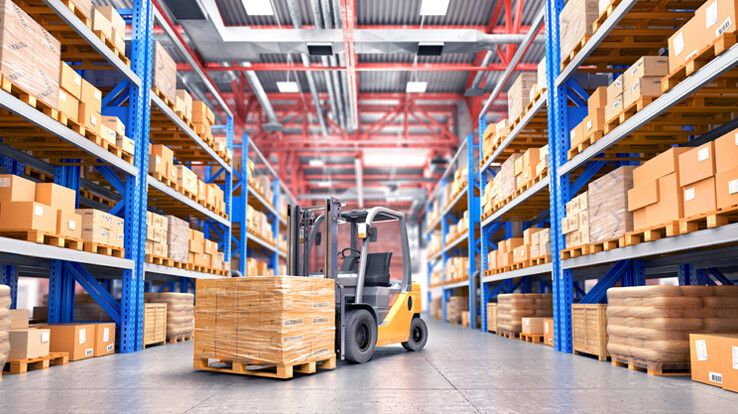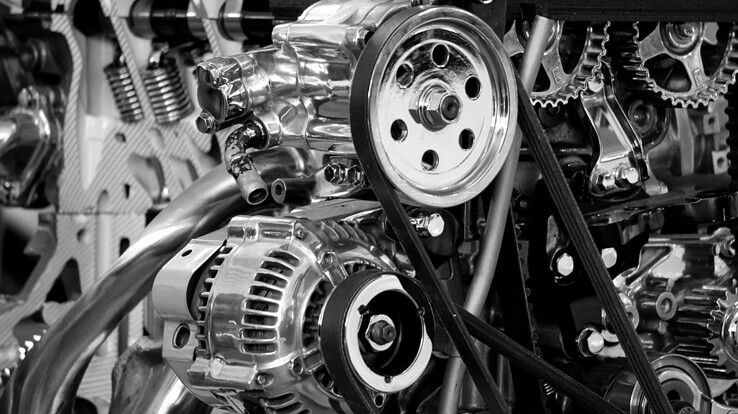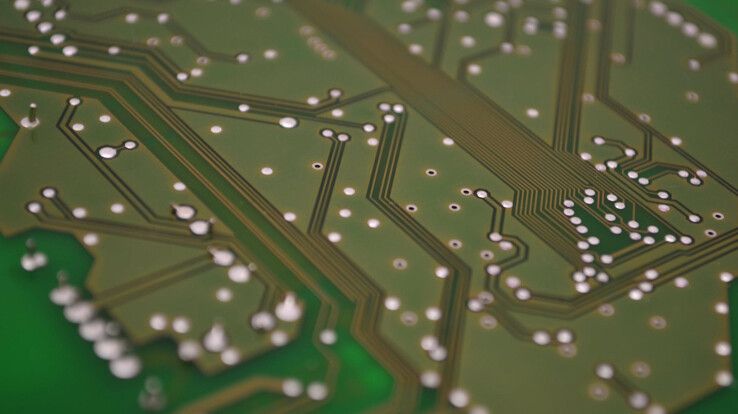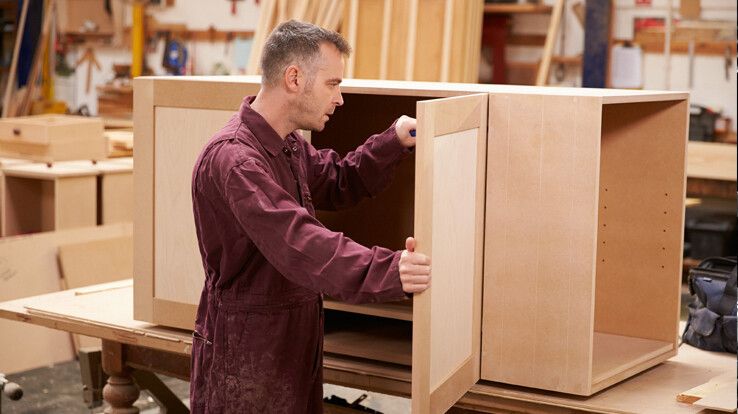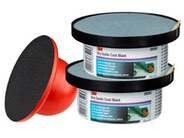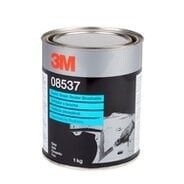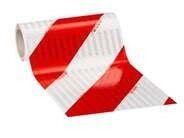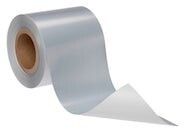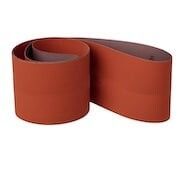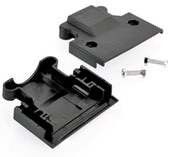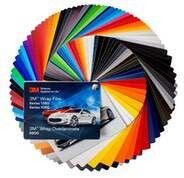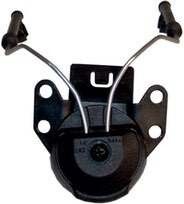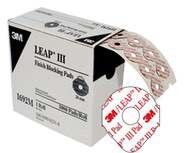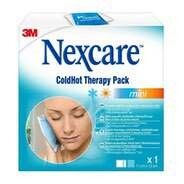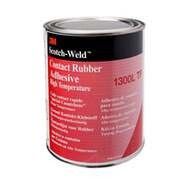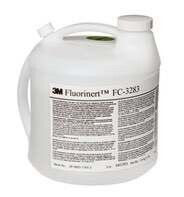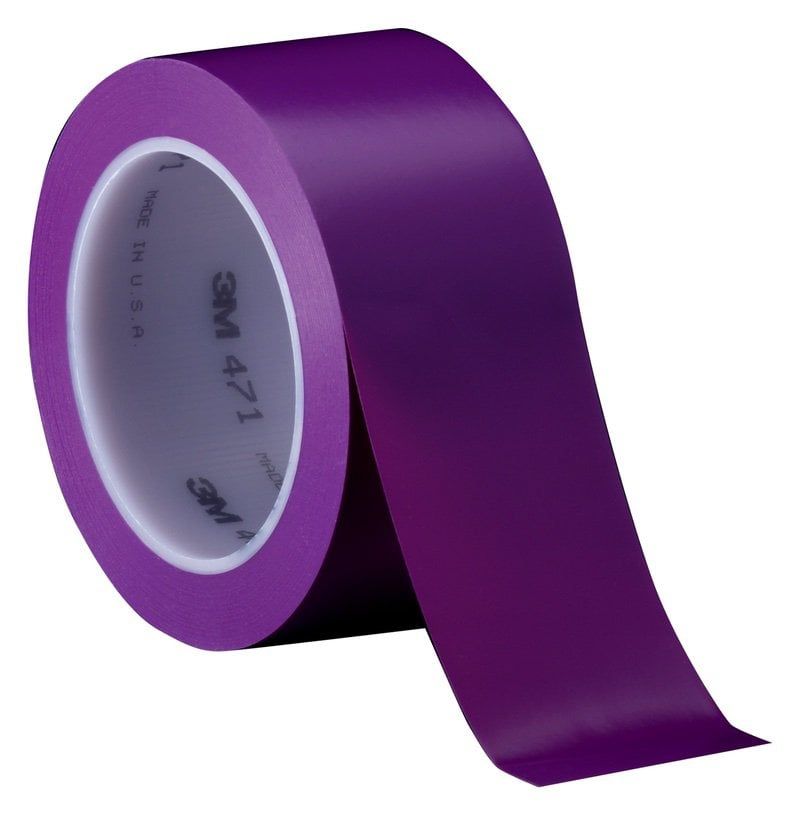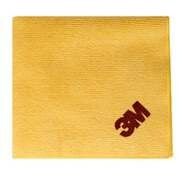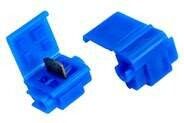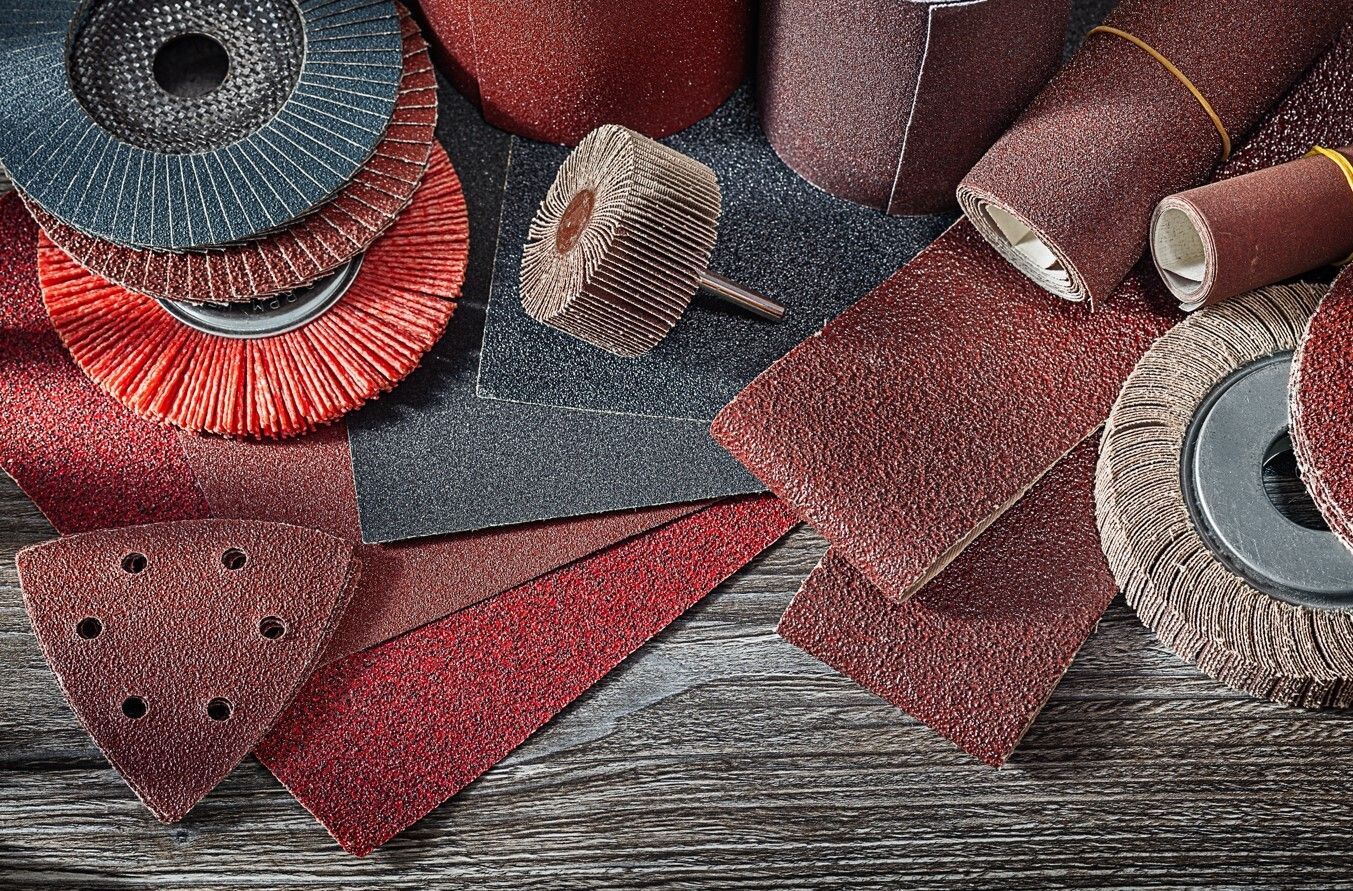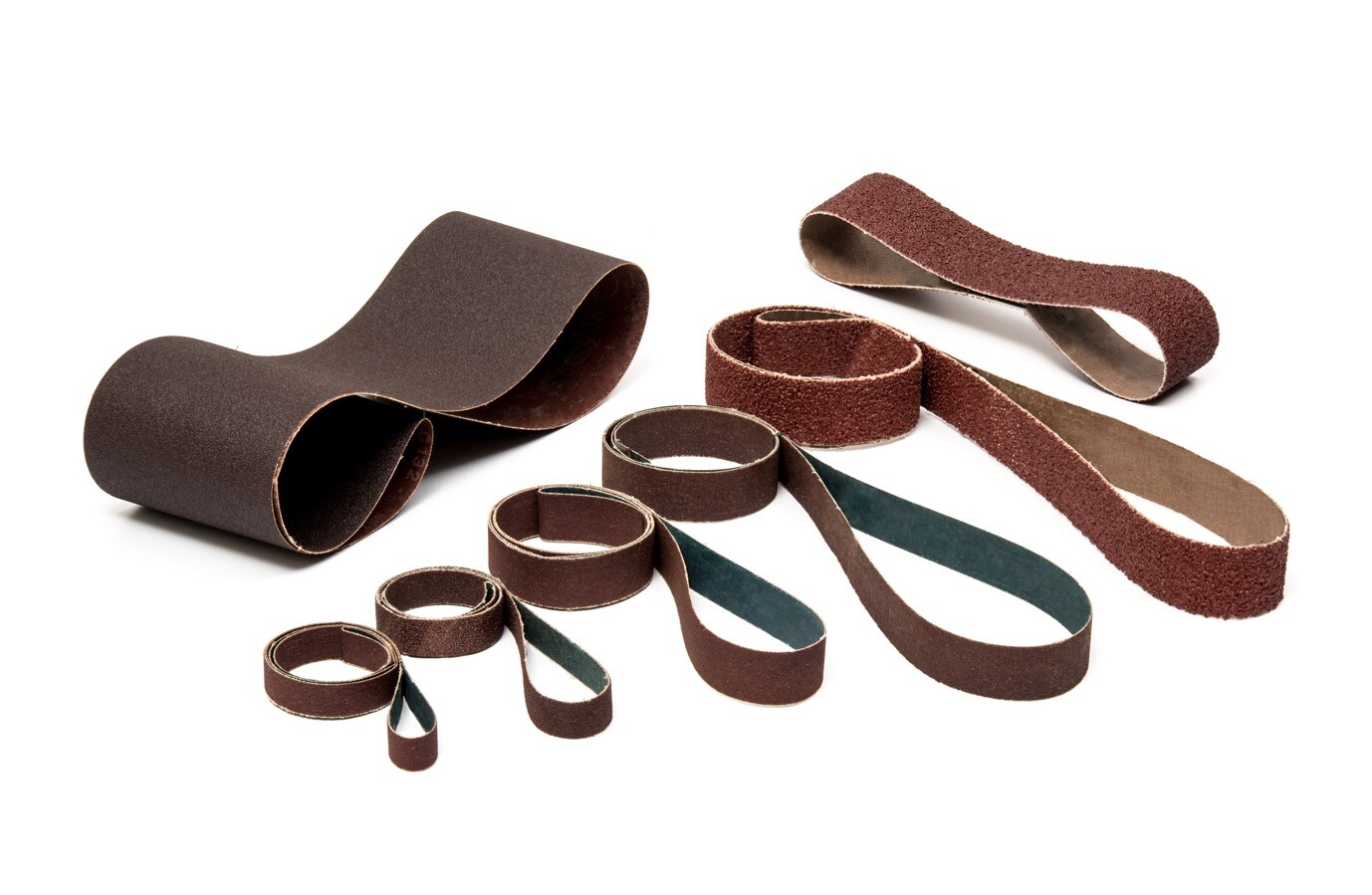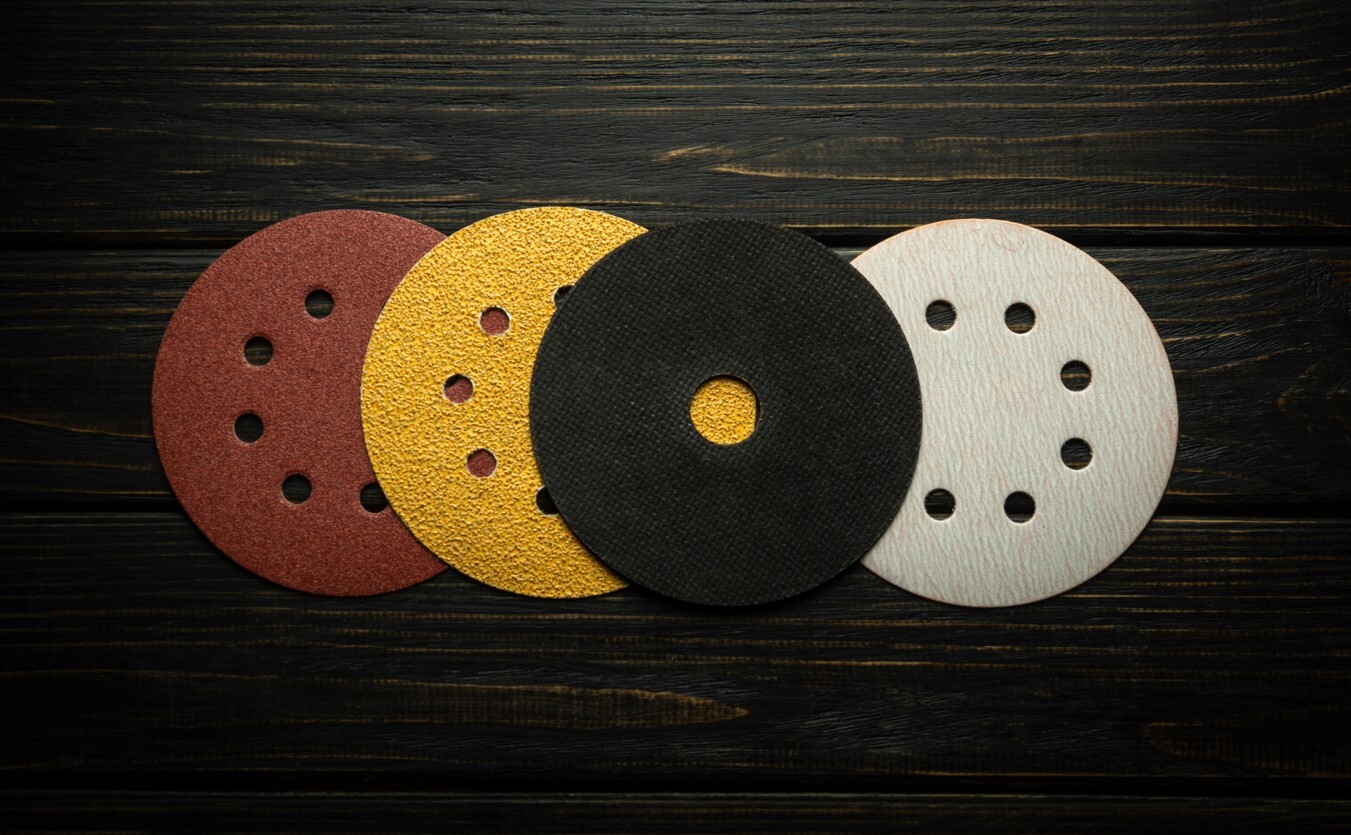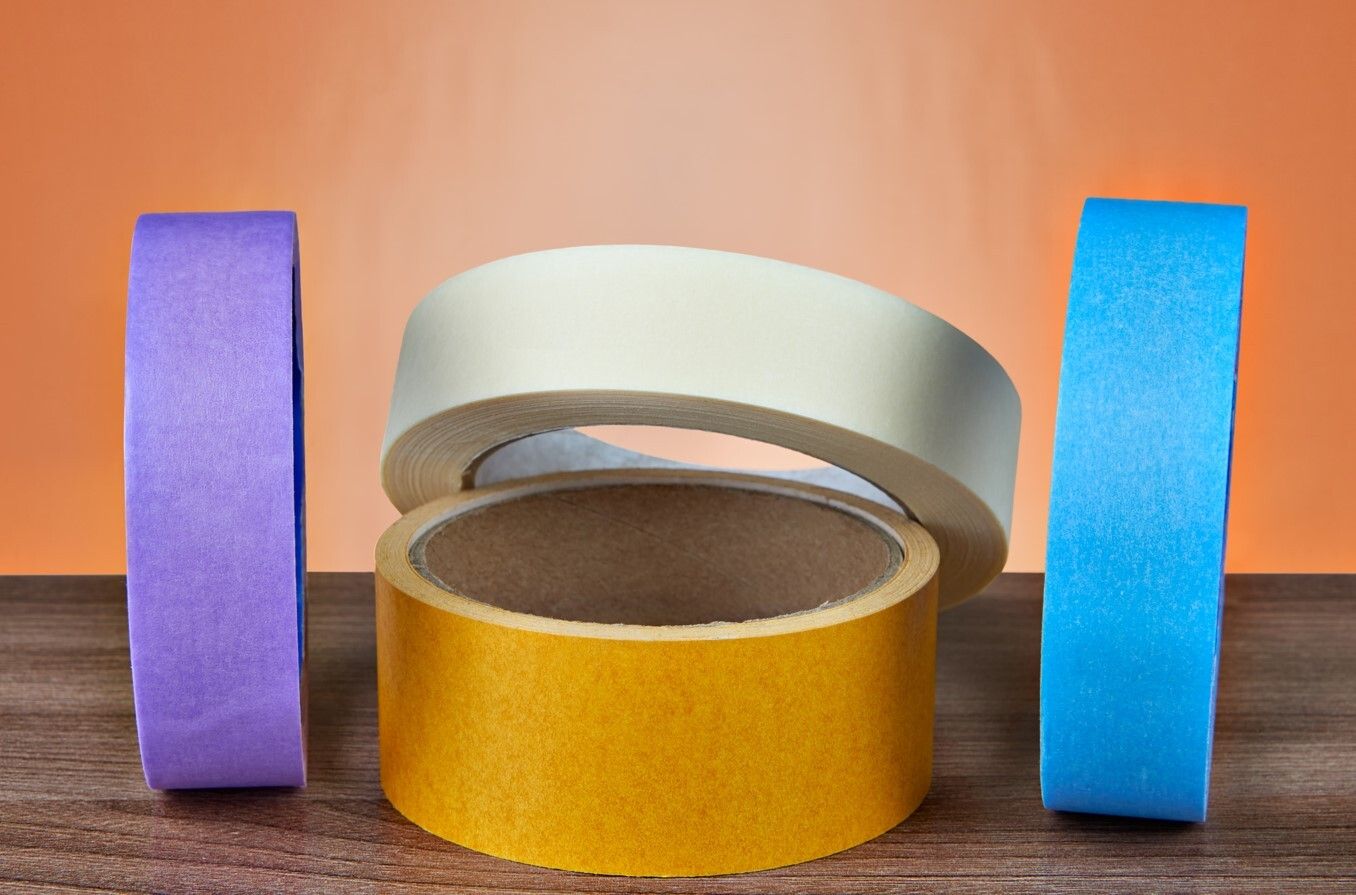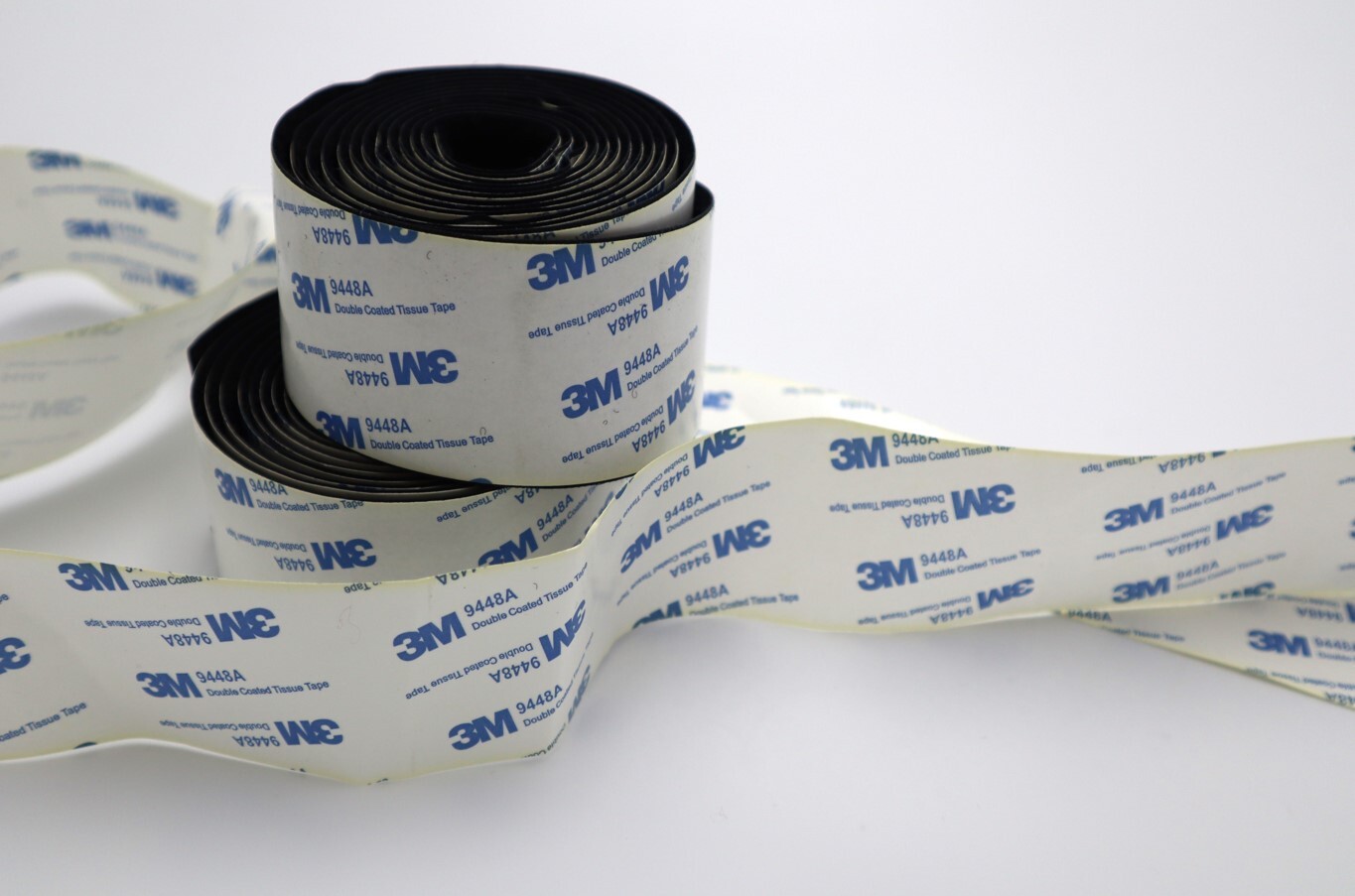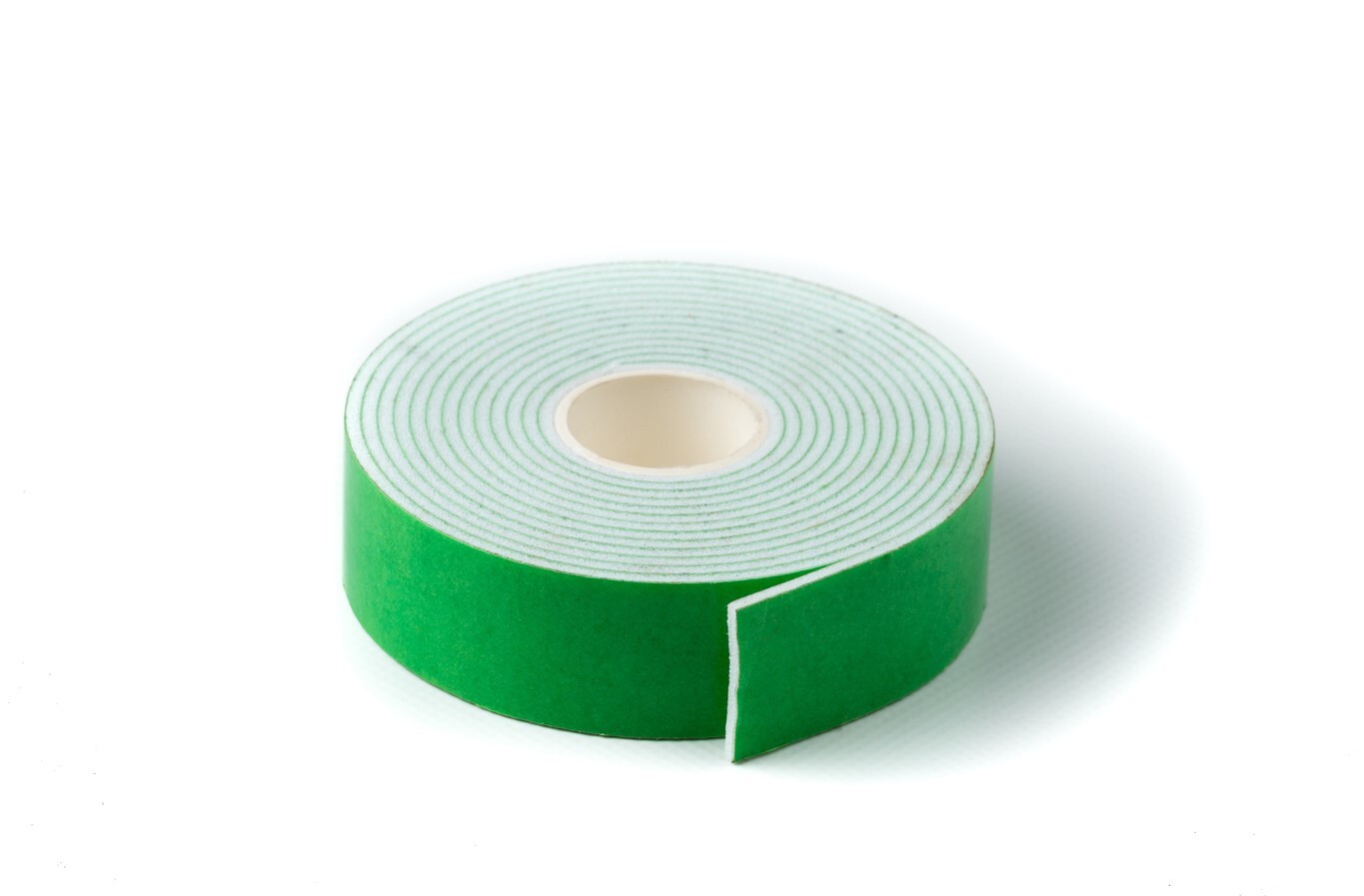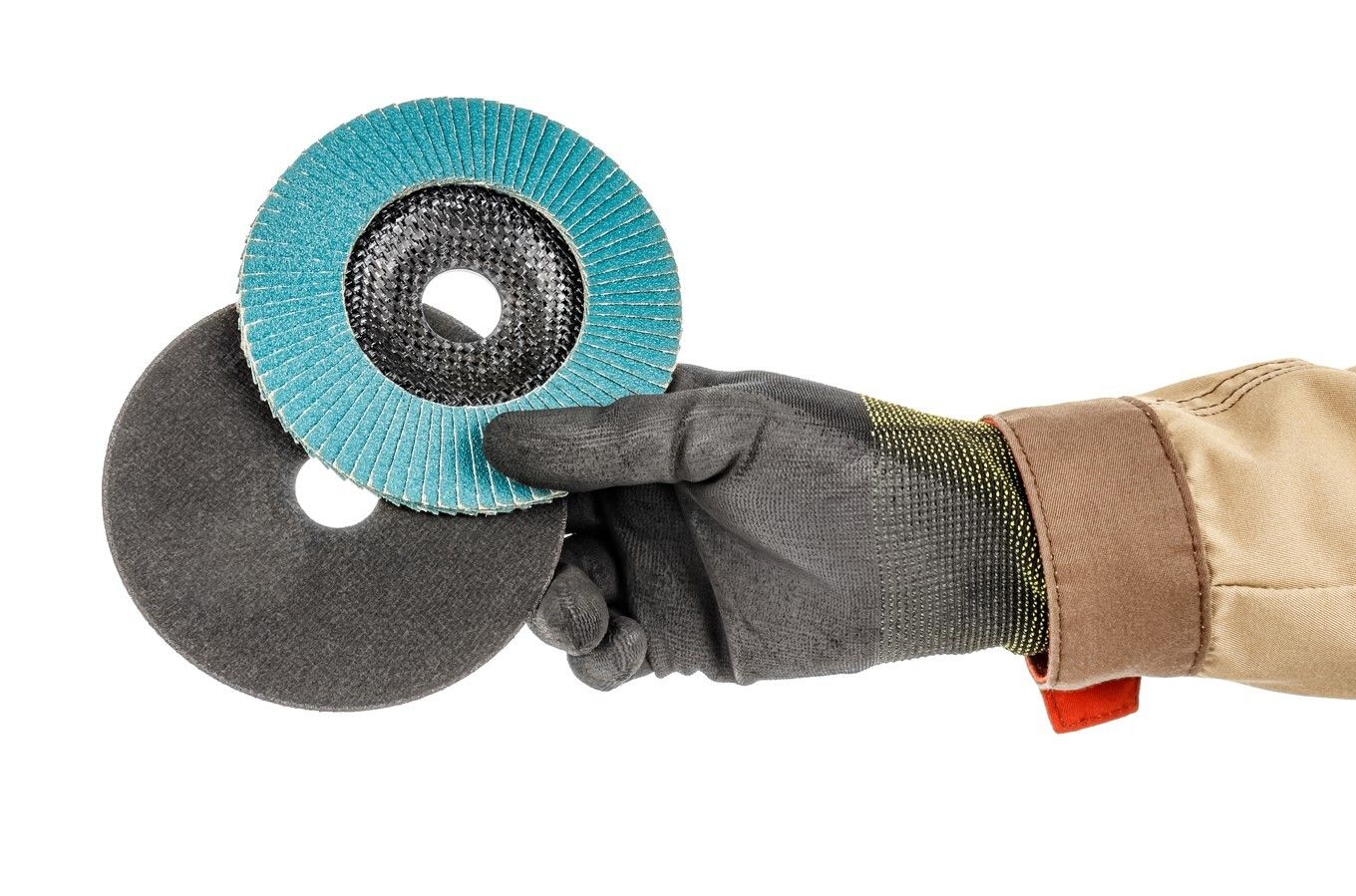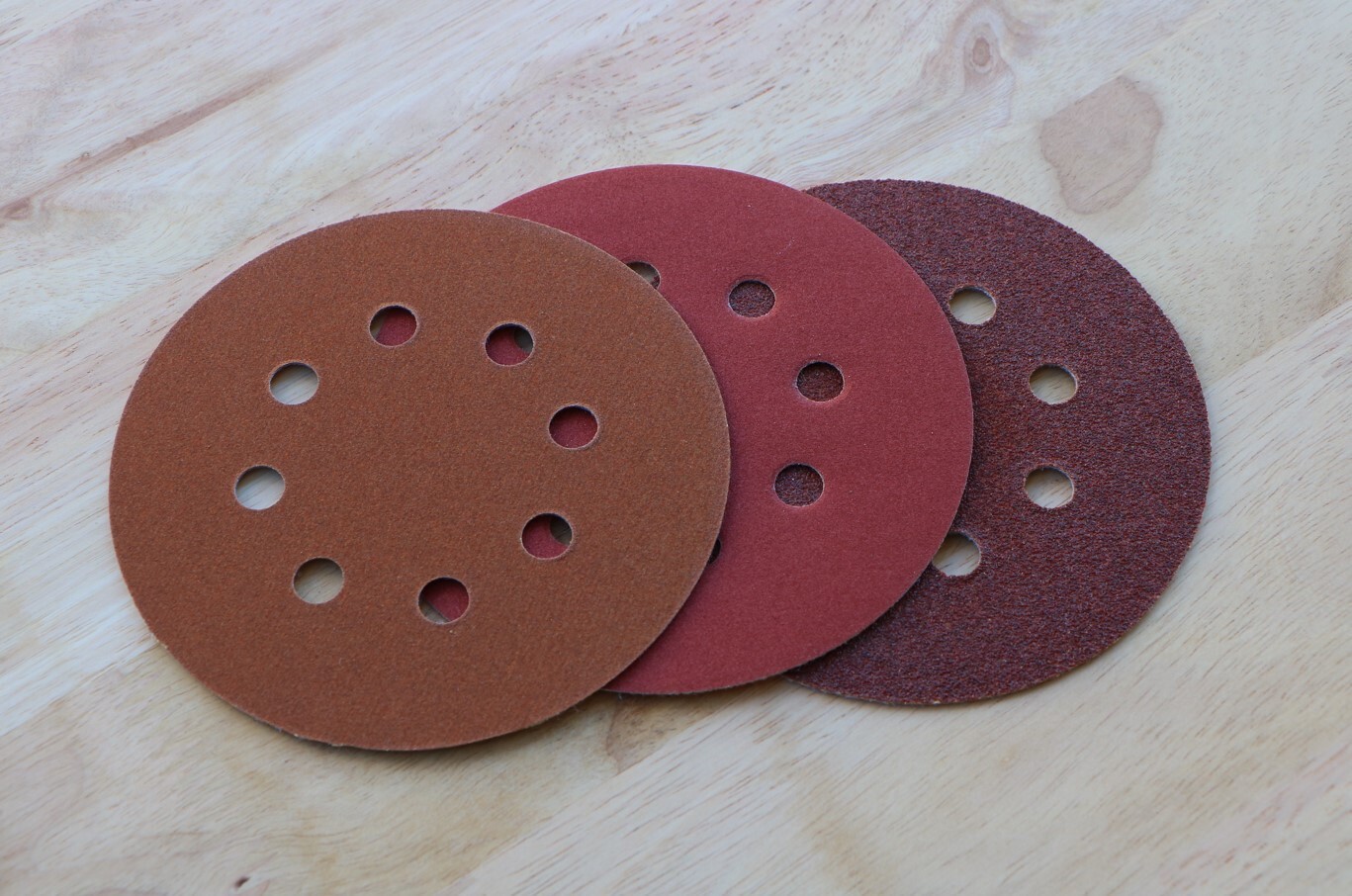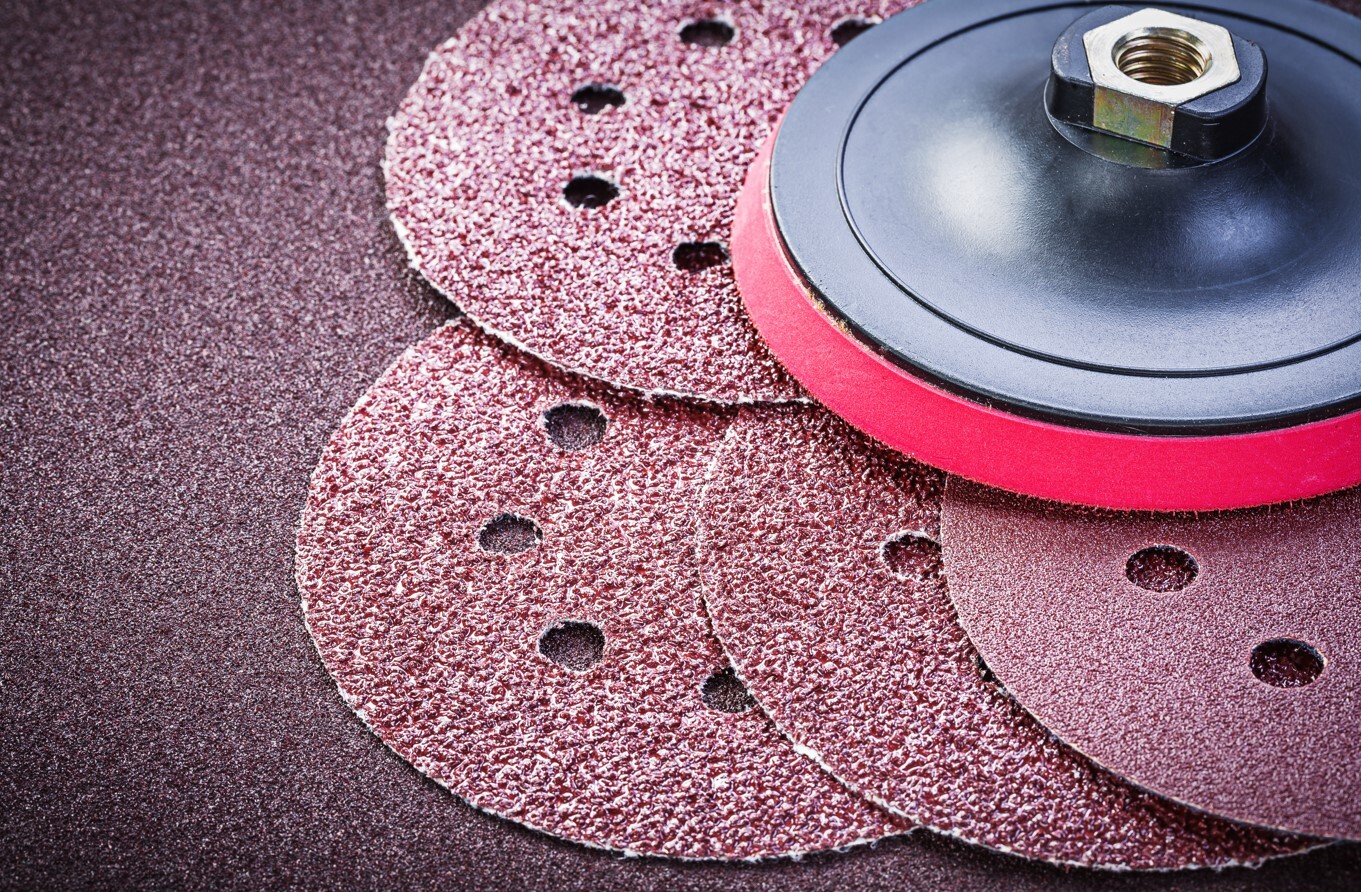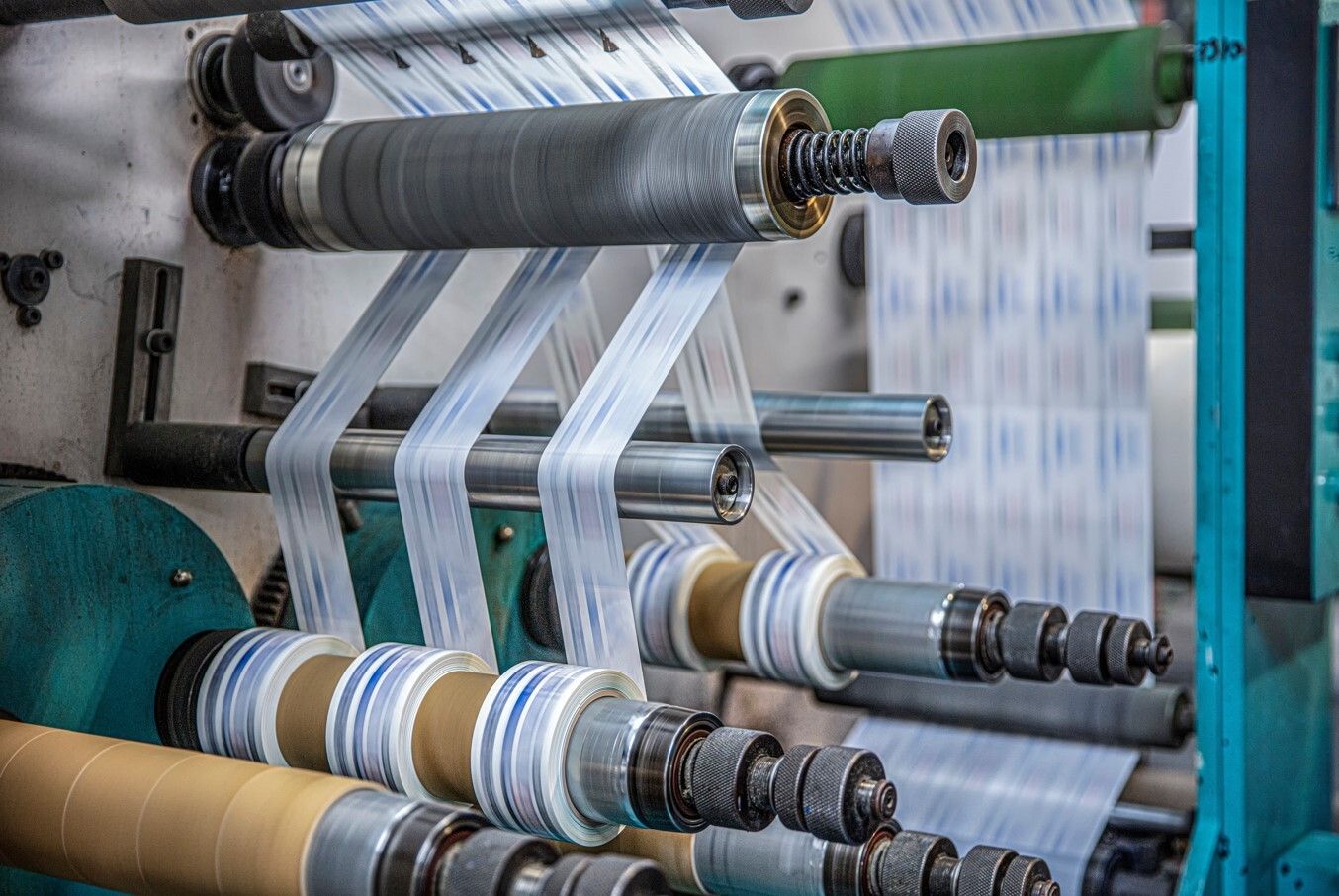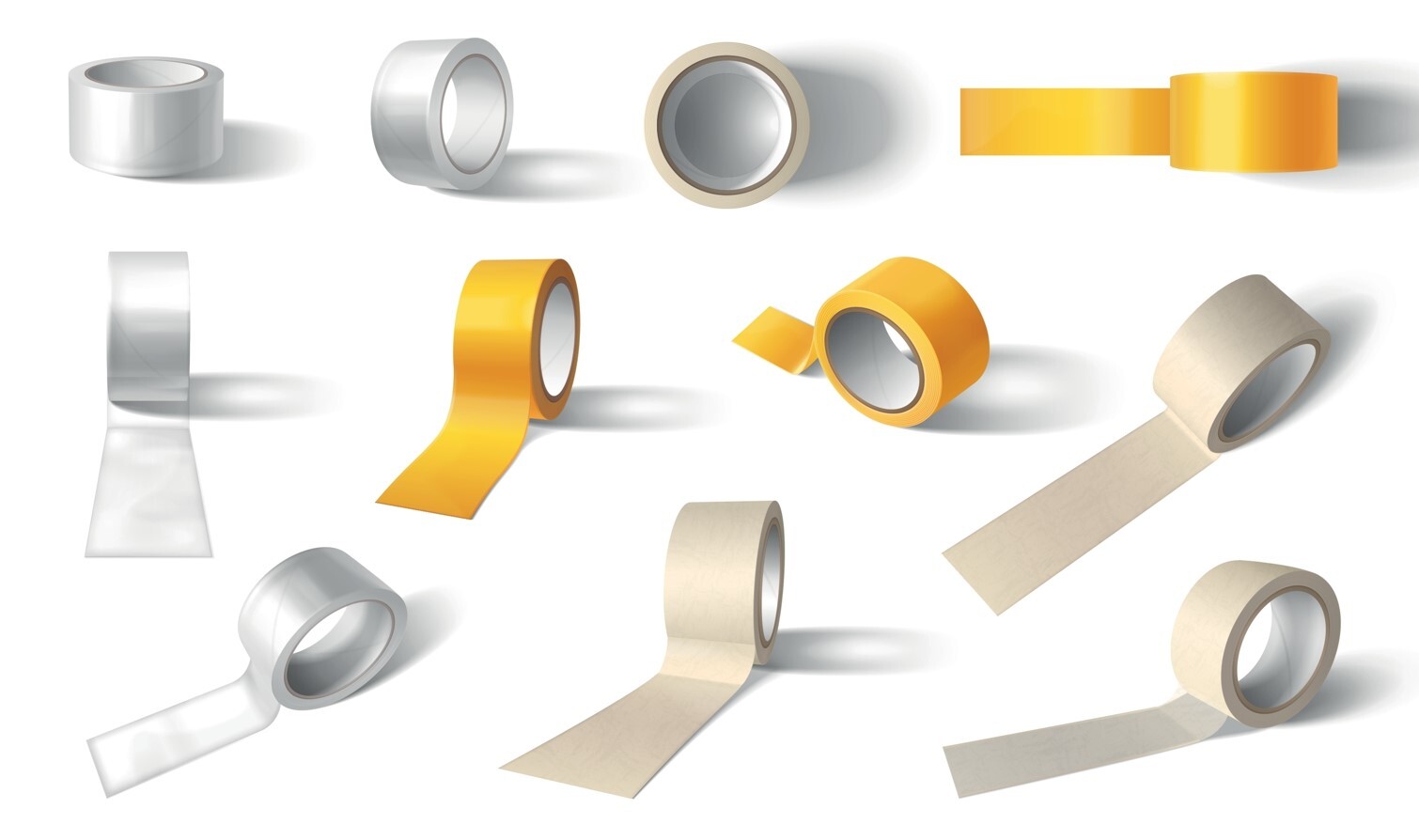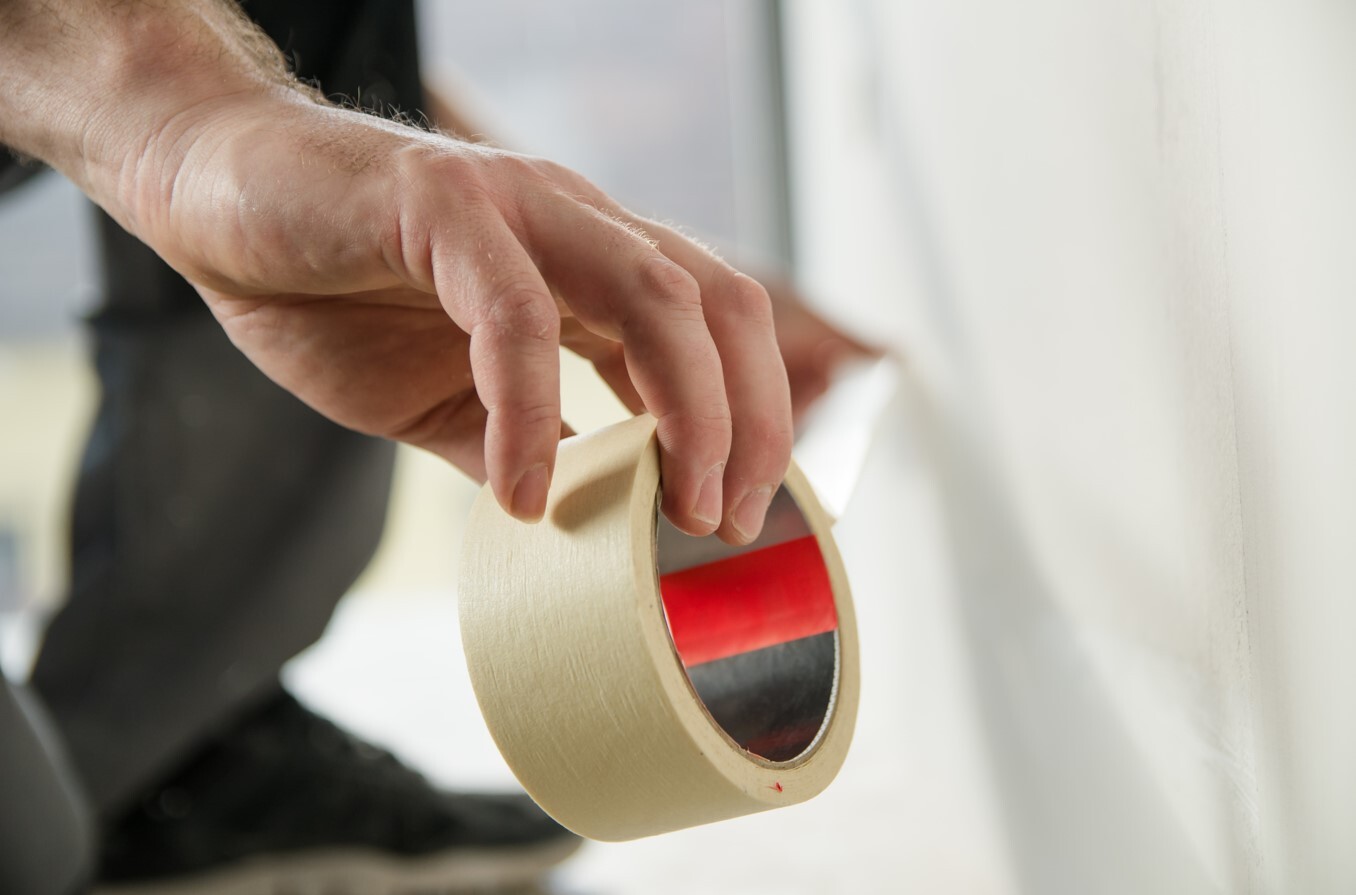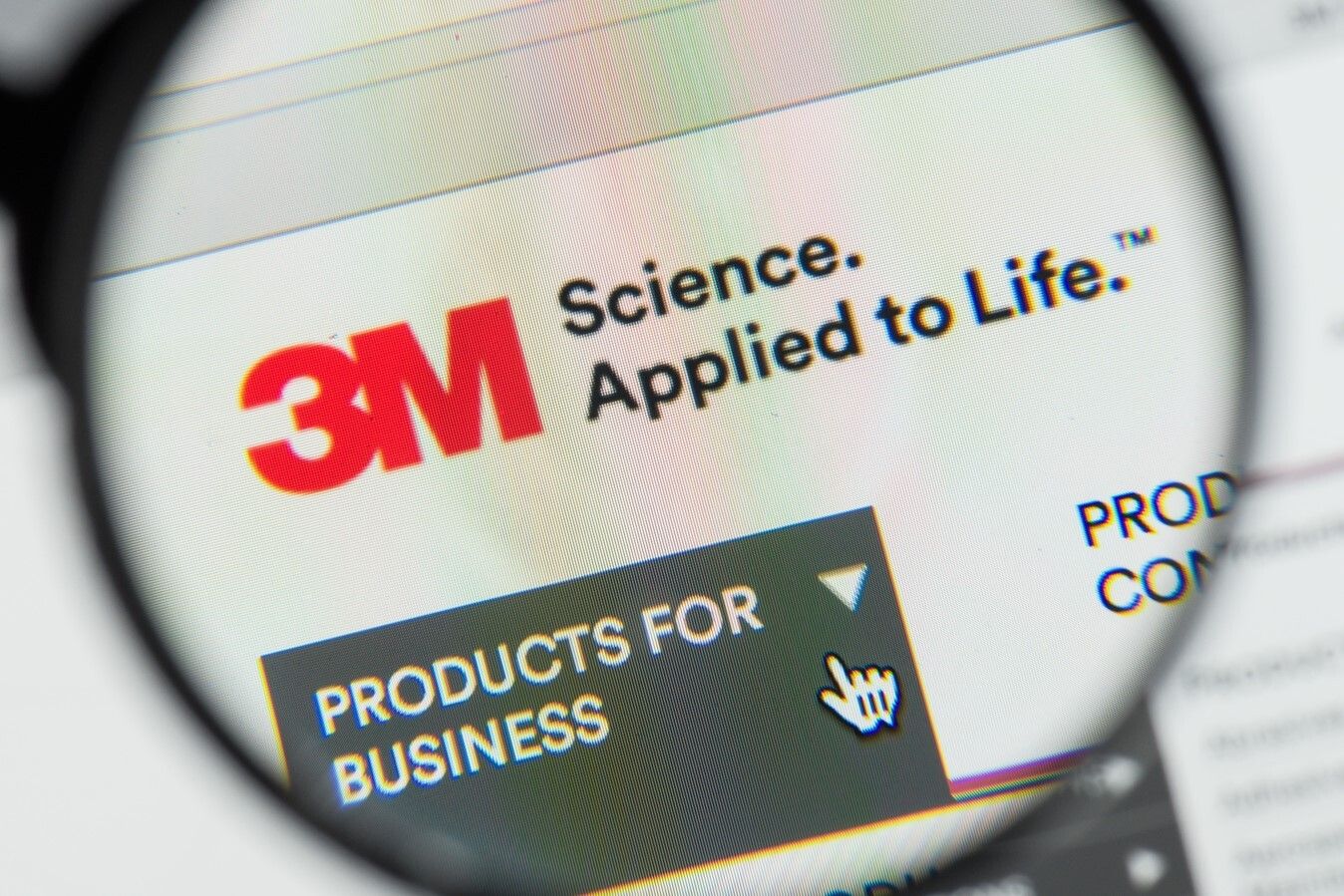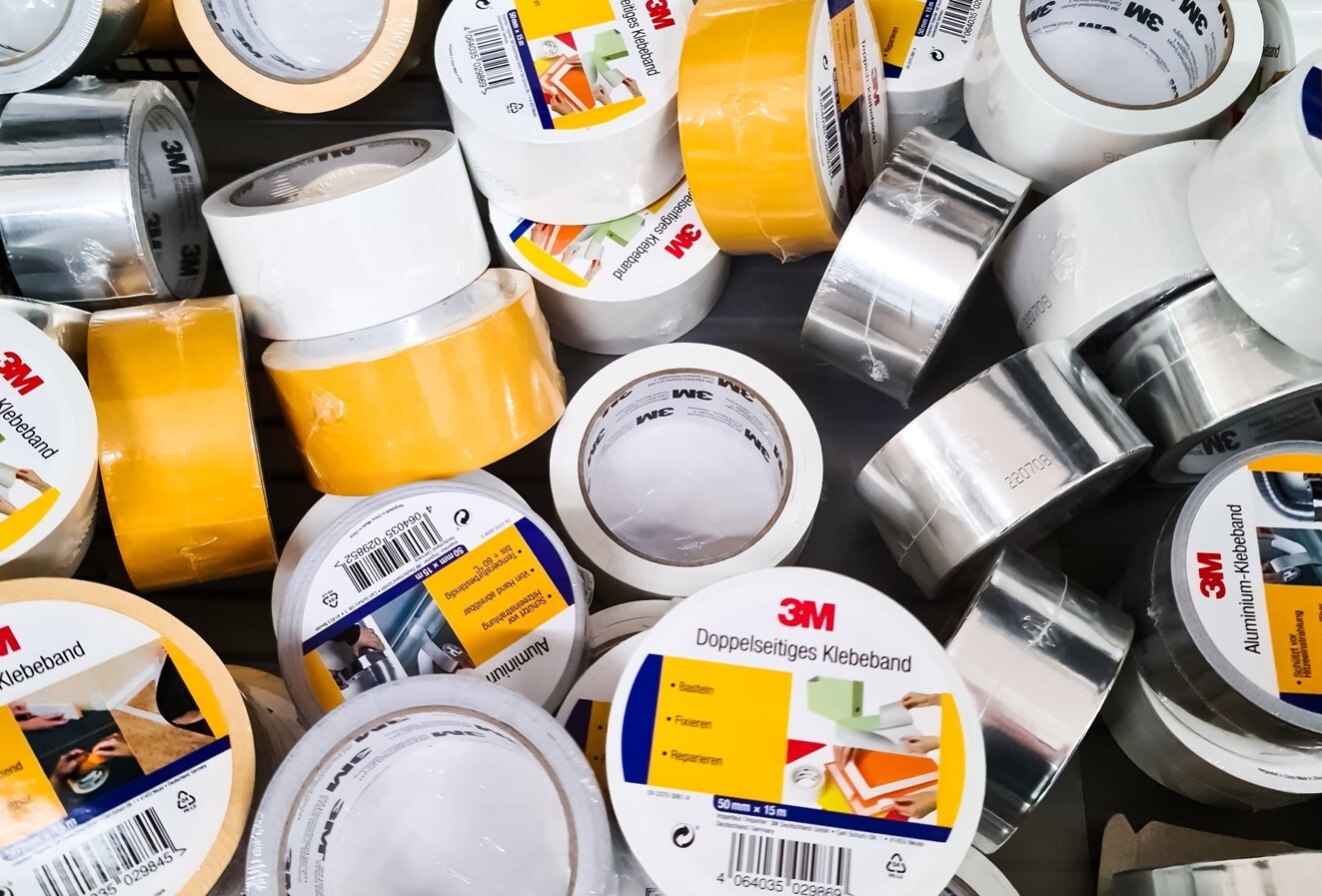3M abrasives: the masters of surfaces
3M abrasives stand out in the market, offering innovative products and solutions that help you work more efficiently and achieve the desired result. Our article aims to introduce the world of 3M abrasives, highlighting the various tools and technologies that support different industries. Let's see how surface work is made easier and faster with 3M abrasives!
Types of abrasives
Our wide range of abrasives allows us to meet a variety of industrial needs. These materials excel not only in efficiency but also in versatility.
Abrasive brushes are designed for fine and precise work. They are excellent for cleaning small recesses where conventional tools would not have access to the surface. Abrasive brushes can easily remove dirt and roughness from even the most complex surfaces.
Sanding brushes are a must-have in the industrial environment. These discs are used to increase productivity by being able to quickly and efficiently machine the surface of metal, wood or even plastic materials. They are also durable and easy to replace, saving time.
The special design of the sanding discs enables efficient sanding of a wide range of materials. The discs are available in different grit sizes, so you can find the right one for any job.
Abrasive wheels are popular for their versatility. They are easy to handle and can be adapted to different shapes. The properties of the rolls make it easy to work on any material while keeping the job simple and efficient.
Abrasive belts are designed for quick and thorough sanding of larger areas. The innovative design of the abrasive belts provides excellent performance even in harsh conditions, making surface treatment processes easier.
The sanding discs allow you to work quickly and accurately. They are used on high-speed machines, offering unrivalled efficiency in their class.
Hand-held abrasives provide a practical solution for delicate work. These materials can be shaped to suit individual requirements, providing superior control during surface finishing. They can be easily applied to any surface to ensure the best quality.
Abrasive tools are essential tools for everyday work. These professional tools help to increase productivity and make workflows more efficient while maximising the benefits of abrasives.
3M abrasives: the Cubitron and Scotch-Brite brands
The Cubitron brand is a hallmark of revolutionary innovation and breakthroughs in the abrasives industry. Its distinctive feature is the precision moulded grain technology developed by 3M, which has transformed the concept of industrial sanding. These ceramic grains are triangular, with sharp edges, and as they wear, they create sharp points continuously. This technology improves the grinding speed and significantly increases product lifetime, providing users with a time- and cost-effective solution.
The Scotch-Brite brand focuses on improving surface quality: these products are ideal for a variety of cleaning and fine-grinding applications. Scotch-Brite abrasives are uniquely resistant to clogging thanks to their open mesh structure, which ensures longer service life and consistent performance. Whether it's coating removal, surface uniformity or polishing, Scotch-Brite products are always a reliable partner for material preparation. The simple and effective application allows endless creative solutions in the most diverse industries.
Below, we'll show you the industries in which 3M abrasives are used and give you an example of how they are used!
Industries and products
Energy sector
In the energy sector, efficient and durable material processing is key. That's where the 3M™ Scotch-Brite™ 7446 blending hand pad comes in, which provides outstanding performance in surface cleaning and deburring. Easy to use and perfectly adaptable to different workpieces, it helps optimise production processes for the energy sector.
Consumer solutions
In the consumer segment, the 3M 30804 Trizact Foam Abrasive Disc 8000 is a great example of how precision meets quality. This product provides fine finishes that are both eye-catching and durable. The sponge disc is easy to use, making it an ideal choice for home projects and professional tasks.
Automotive industry
The automotive industry demands flexibility and precision. The 3M Xtract™ Cubitron™ II 775L Clean Sanding Film Disc offers just that. It delivers outstanding efficiency and speed while minimising heat emissions and maximising service life.
Transportation
The 3M™ Silver Depressed Centre Grinding Wheel is an essential tool for the transportation industry. Whether it's maintenance or repair, this cleaning disc helps you get the job done quickly and accurately. It contributes to maintaining the safety and efficiency of transport infrastructures.
Construction
The construction industry always needs reliable solutions. The 3M™ Cubitron™ II 784F Cloth Belt delivers precise surface finish while significantly reducing the time required to machine the workpiece. In industrial applications, the fabric tape performs excellently on a wide variety of materials.
3M abrasives contribute greatly to the smoothness of industrial work, helping to complete tasks faster and more efficiently. Check out the Flanker website for a wide range of 3M abrasives!
- Hits: 368


